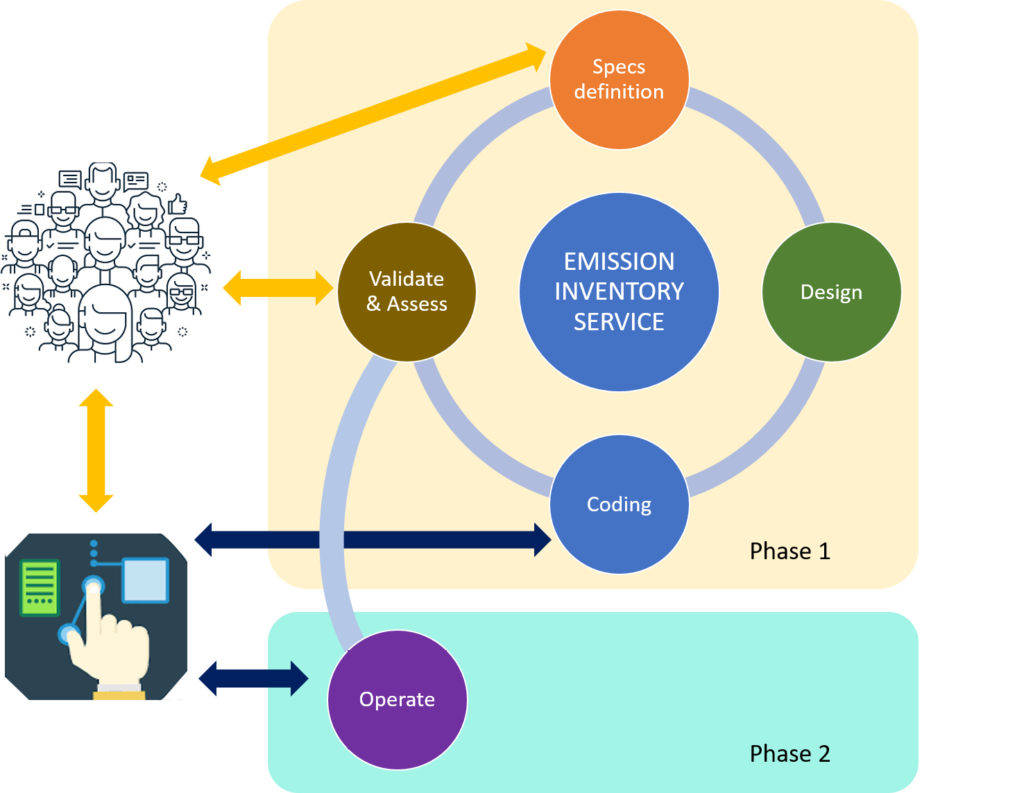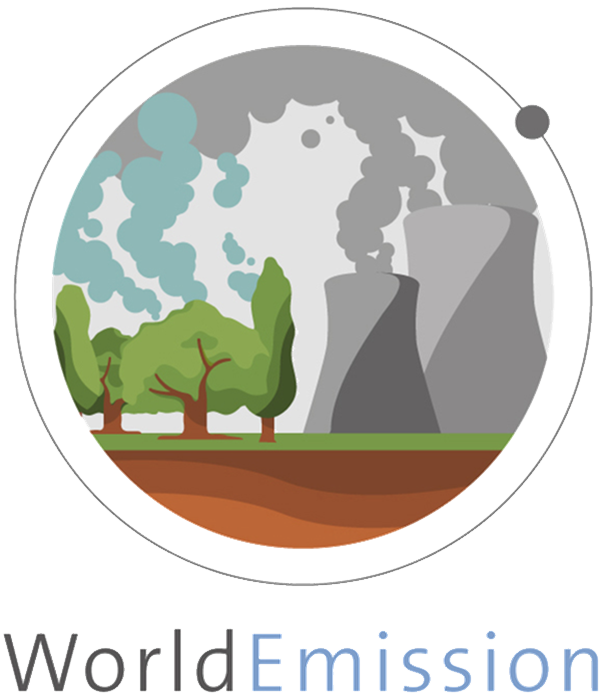The project is organised in two phases:
Phase 1 focused on setting up the system and establish the product specification. Phase 1 is cyclically organised with a set of stages that are sequentially executed: i) requirements & specification definition; ii) system design; iii) system coding, implementation and configuration; iv)system validation and verification, and user assessment.
Phase 2 aims to operate the service. Such operation involves a set of tasks dedicated to implementing the final operational version of all the elements and analytical modules of the service; running operations and maintenance according to an SLA to be agreed with ESA; and turning end-users feedback and lessons learnt into a roadmap including incoming initiatives at short- and mid-term.
In both, interactions with a large user community is pursued to get feedback and recommendations about system requirements, specifications, and performance. Usability and integration in current emission reporting procedures is also assessed as the ultimate goal of the current project.


